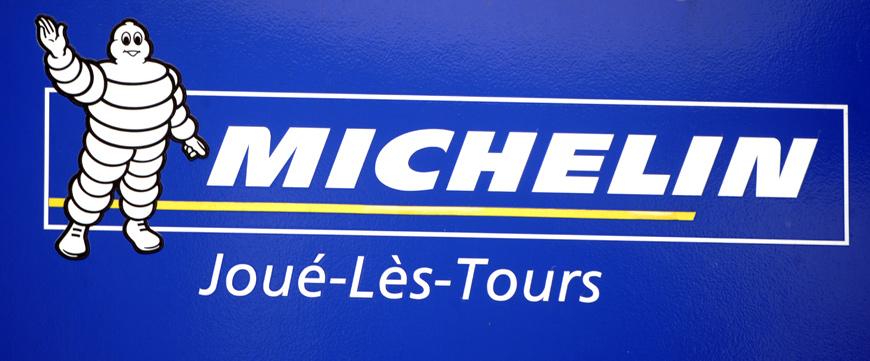You are here
Manufacturers getting to grips with airless tyres
By AFP - May 23,2022 - Last updated at May 23,2022
COLMAR-BERG, Luxembourg — Airless tyres that never go flat or need to be inflated: It’s a decades-long dream that manufacturers hope to turn into a reality soon, but for truck drivers first.
The challenges that the technology faces were put on display at a Goodyear test track in Luxembourg, where a group of journalists put a Tesla equipped with airless tyres through its paces.
Instead of being filled with air, the tyres have a web of spokes that keep the wheels firm and give them a see-through look.
The thin layer of rubber gripping the asphalt has a gargantuan physical challenge to meet: supporting the weight of the car and absorbing shocks as well as standard pneumatic tyres for thousands and thousands of kilometres.
That challenge is being overcome: the tyre’s rubber and plastic structure resisted the huge stress as the car banked into the track’s tight turns.
The ride is smooth but the grip is not as good as on conventional tyres — and they are noisier.
The tyres were tested for 120,000 kilometres at speeds of up to 160kph in both scorching temperatures as well as snow, said Michael Rachita, who heads up Goodyear’s efforts to develop airless tyres.
“The most obvious advantage is that it’s puncture proof,” said Rachita.
“It will never run flat, you could drive over any nail and expect not to lose performance,” he added.
Rachita said airless tyres will also be maintenance free for drivers as they will never need to check and adjust air pressure.
He said a second generation of airless tyres that are lighter, quieter and roll better are in the works.
Michelin has released the Tweel, but it is for construction vehicles rather than cars where the demands in terms of driving performance are much greater.
The French firm has also unveiled the Uptis which it is developing with US car manufacturer General Motors, and which it hopes can make the jump from auto shows to showrooms next year.
Its researchers are working on a cocktail of fibreglass and resin to hold the rubber onto the honeycomb structure of the new tyre.
But Michelin’s CEO Florent Menegaux doesn’t expect airless tyres to squeeze out regular tyres anytime soon.
“We’re going continue to have air tyres for several decades,” he said.
Goodyear, which submitted its first patent on airless tyre technology in 1982, has recently put its food down on the accelerator in terms of research and development.
The US firm aims to have a maintenance-free and long-lasting airless tyre for cars by the end of the decade.
It already has an early version for shuttle buses and automated delivery vehicles on university campuses.
Bridgestone also hopes to have an airless tyre ready within a decade, having already tested early versions on utility vehicles.
Other manufacturers are more sceptical that airless tyres will ever offer comparable shock absorption as traditional tyres and the noise can be reduced sufficiently.
Airless tyres could prove to be environmentally beneficial as they could last the entire lifetime of most vehicles and could then be recycled or retreaded for a second life.
Related Articles
PARIS — Tyre maker Michelin said on Thursday it would close a French-based factory with 619 employees next year as competition from cheaper
PARIS — French tyre manufacturer Michelin said on Monday it remained profitable in 2020 despite a pandemic-induced drop sales, thanks in par
BUDAPEST — The head says Lewis Hamilton but those willing to take a more adventurous punt might fancy the chances of Valtteri Bottas or Kimi


















